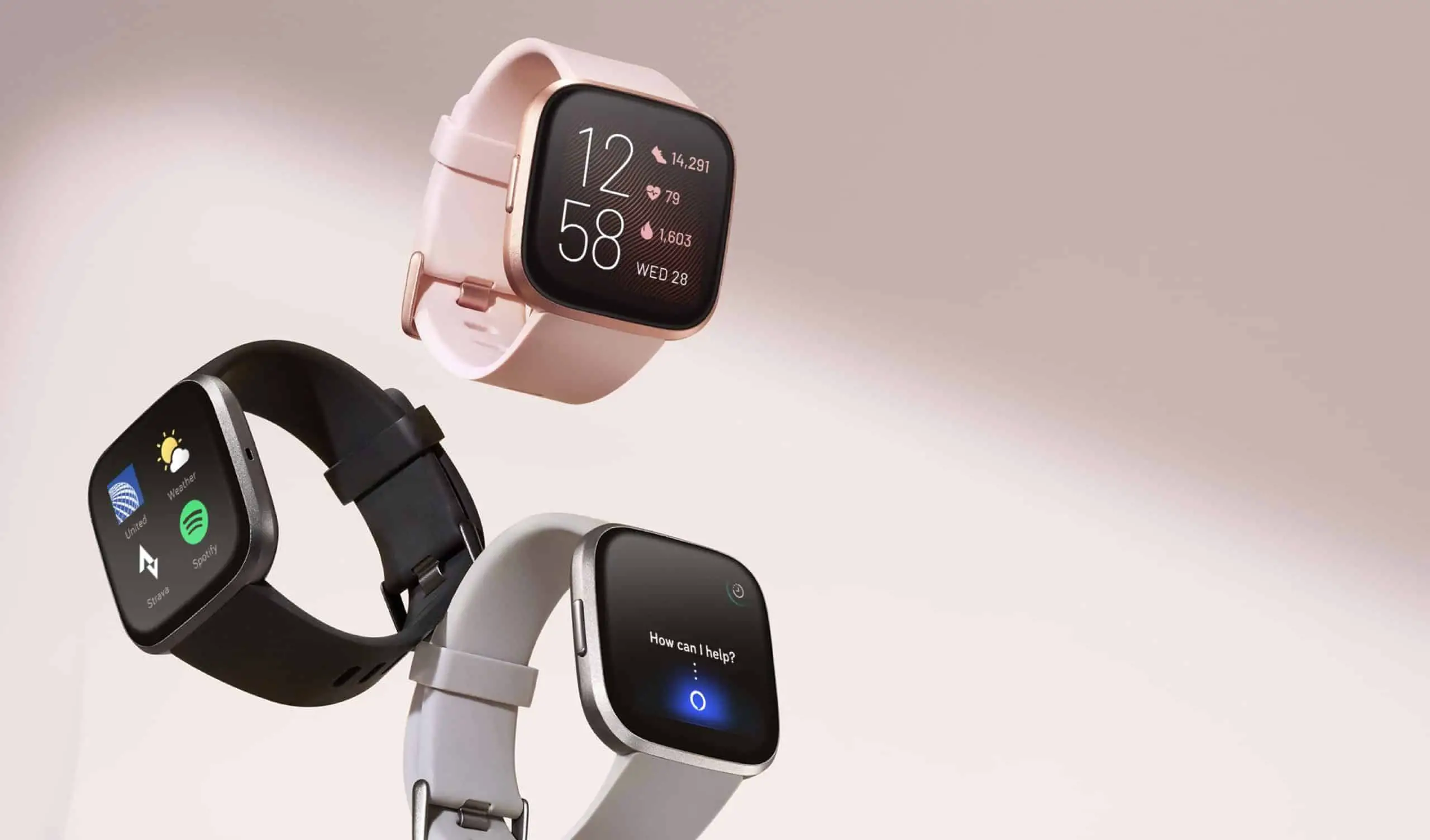Are you struggling to figure out how to get water out of your Apple Watch 6? If so, you’re not alone. Many people have encountered this issue, especially those who love to swim or engage in water-related activities while wearing their Apple Watch. It can be frustrating to see water trapped inside your device, and you may be wondering how to safely and effectively remove it without causing any damage.
As someone who works for a website that reviews thousands of wearable products, I have come across this issue multiple times. I have seen the frustration and confusion that comes with trying to get water out of an Apple Watch 6, and I understand the importance of finding a solution that works. I have tested various methods and techniques to determine the most effective way to remove water from the device without causing any harm. In my experience, I have found that there are certain steps and precautions that can be taken to safely remove water from the Apple Watch 6.
If you’re looking for a solution to the problem of getting water out of your Apple Watch 6, you’ve come to the right place. In this article, I will share my insights and recommendations on how to effectively remove water from your device. I will provide step-by-step instructions and tips to help you safely and successfully get your Apple Watch 6 back to its original, dry state. So, if you’re tired of dealing with a waterlogged device, keep reading to find the solution you’ve been searching for.
How To Get Water Out Of Apple Watch 6?
Understanding Water Resistance
The Apple Watch 6 is designed to be water-resistant, meaning it can withstand splashes and even being submerged in water to a certain depth. However, it is important to note that water resistance is not the same as waterproof.
Causes of Water Accumulation
Despite its water-resistant design, water can still find its way into the Apple Watch 6 through small crevices such as the speaker or microphone ports, or even through a damaged or improperly sealed device.
Immediate Steps to Take
If your Apple Watch 6 has come into contact with water, it is important to act quickly to prevent any potential damage. Start by removing the watch from the water and gently shaking it to remove any excess water.
Drying the Device
Once the watch has been removed from the water, it is crucial to dry it thoroughly. Use a soft, absorbent cloth to gently pat the watch dry, being careful not to press too hard on the screen or buttons.
Using Silica Gel
To aid in the drying process, you can place the Apple Watch 6 in a container filled with silica gel packets. Silica gel is a desiccant that can help absorb any remaining moisture from the device.
Avoiding Common Mistakes
It is important to avoid using a hairdryer or placing the watch in direct sunlight to dry it, as this can cause further damage to the device. Additionally, do not attempt to charge the watch until it is completely dry.
Seeking Professional Assistance
If water has entered the internal components of the Apple Watch 6, it is best to seek professional assistance from an authorized Apple service provider. Attempting to open the device yourself can lead to further damage.
FAQs
1. Can water damage my Apple Watch 6?
Yes, water can potentially damage your Apple Watch 6 if it is not properly removed from the device.
2. What should I do if my Apple Watch 6 gets wet?
If your Apple Watch 6 gets wet, immediately turn it off, remove it from the water, and dry it with a soft, lint-free cloth.
3. Is it safe to use a hairdryer to remove water from my Apple Watch 6?
No, using a hairdryer or any other heat source to dry your Apple Watch 6 can cause damage to the device. Instead, use a soft, lint-free cloth to gently absorb the water.
4. How long should I wait before turning on my Apple Watch 6 after it gets wet?
It is recommended to wait at least 24 hours before turning on your Apple Watch 6 after it gets wet to ensure that all the water has evaporated.
5. Can I swim with my Apple Watch 6?
Yes, the Apple Watch 6 is water-resistant and can be used for swimming. However, it is important to rinse it with clean water and dry it thoroughly after exposure to salt water or chlorinated water.





